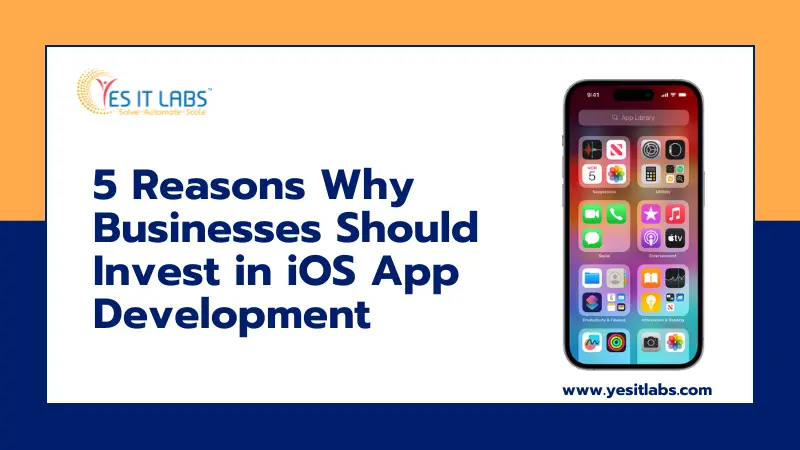

Drive Traffic, Boost Sales: Shopify SEO Tactics Unleashed
Are you ready to take your Shopify store to the next level? Whether you’re just starting out or looking to supercharge your existing online presence, mastering the art of SEO (Search Engine Optimization) is key. In this blog, we’ll dive into some powerful Shopify SEO tactics that can help drive traffic to your store and ultimately boost your sales. Today, we’re diving into the world of Shopify SEO services and development strategies to help you drive traffic and supercharge your sales.
Understanding the Power of Shopify SEO
First things first, let’s break down why Shopify SEO matters. With millions of online stores vying for attention, simply having a great product isn’t enough. You need to ensure that your store is visible to potential customers when they search for relevant keywords on search engines like Google. That’s where SEO comes in.
By optimizing your Shopify store for search engines, you can improve its ranking in search results, increase organic traffic, and ultimately drive more sales. But where do you start? Let’s uncover some actionable strategies:
1. Keyword Research: The Foundation of SEO
Before you can optimize your Shopify store, you need to understand what keywords your target audience is using to find products like yours. Start by brainstorming a list of relevant terms and then use keyword research tools like Google Keyword Planner or SEMrush to uncover additional keywords and assess their search volume and competition.
Once you’ve identified your target keywords, strategically integrate them into your Shopify store’s content, including product titles, descriptions, meta tags, and URLs. Just remember to prioritize relevance and user experience – don’t sacrifice readability for the sake of stuffing keywords.
- Brainstorming: Start by brainstorming a list of relevant terms and phrases related to your products. Put yourself in your customers’ shoes – what would they search for?
- Keyword Tools: Tools like Google Keyword Planner, SEMrush, or Ahrefs can be invaluable for discovering high-volume keywords with relatively low competition.
- Competitor Analysis: Take a peek at what keywords your competitors are targeting. While you’re at it, why not sprinkle in a few unique keywords to set yourself apart?
Once you’ve got your list of keywords, it’s time to put them to work throughout your Shopify store.
2. Optimize Your Product Pages
Your product pages are the heart of your Shopify store, so it’s crucial to optimize them for both search engines and potential customers. Here are some key areas to focus on:
1. Title Tags and Meta Descriptions
Your title tags and meta descriptions are prime real estate for showcasing your keywords. Craft compelling titles and descriptions that not only include your keywords but also entice users to click through to your store.
2. Product Descriptions
When writing product descriptions, don’t just list features – tell a story. Weave your keywords naturally into the copy while highlighting the benefits of your products. Remember, you’re not just selling a product; you’re selling an experience.
3. URL Structures
Clean, concise URLs not only make it easier for users to navigate your site but also signal to search engines what your page is about. Incorporate relevant keywords into your URLs for an added SEO boost.
4. Image Alt Text
Don’t forget about your images! Adding descriptive alt text not only improves accessibility for visually impaired users but also gives you another opportunity to include your keywords.
5. Mobile Optimization
In an increasingly mobile-centric world, ensuring that your Shopify store is optimized for mobile devices is non-negotiable. Not only does Google prioritize mobile-friendly sites in its search results, but mobile users are also more likely to bounce if your site isn’t up to snuff.
3. Create High-Quality Content
In addition to optimizing your product pages, consider adding high-quality content to your Shopify store to attract organic traffic and provide value to your audience. This could include blog posts, guides, tutorials, or videos related to your niche.
By regularly publishing fresh, engaging content, you can establish your store as a trusted authority in your industry, attract inbound links from other websites, and improve your search engine rankings over time.
4. Improve Site Speed and Mobile Responsiveness
Site speed and mobile responsiveness are not only crucial for user experience but also play a significant role in SEO. With more and more users accessing the web on mobile devices, it’s essential to ensure that your Shopify store loads quickly and looks great on all screen sizes.
To improve site speed, optimize your images, minify CSS and JavaScript files, and leverage browser caching. Additionally, choose a Shopify theme that is optimized for mobile devices or use responsive design principles to ensure a seamless experience across all devices.
5. Build High-Quality Backlinks
Backlinks, or inbound links from other websites to your Shopify store, are a key ranking factor in Google’s algorithm. Focus on building high-quality backlinks from reputable websites within your industry through tactics such as guest blogging, influencer outreach, and participation in online communities.
When seeking backlinks, prioritize relevance, authority, and diversity. Aim to earn links from a variety of sources, including industry publications, blogs, social media platforms, and directories.
6. Leverage Social Media and Influencer Marketing
Social media can be a powerful tool for driving traffic to your Shopify store and boosting your SEO efforts. By regularly sharing your content and engaging with your audience on platforms like Instagram, Facebook, and Twitter, you can increase brand visibility, attract followers, and generate social signals that indicate to search engines that your content is valuable and relevant.
Additionally, consider partnering with influencers in your niche to reach a broader audience and gain exposure for your products. Influencers can help promote your Shopify store to their followers, driving traffic and potentially earning valuable backlinks in the process.
Conclusion
Mastering Shopify SEO is essential for driving traffic to your store, increasing brand visibility, and ultimately boosting sales. By implementing the strategies outlined in this blog, including keyword research, on-page optimization, content creation, technical improvements, link building, and social media marketing, you can position your Shopify store for success in the competitive world of e-commerce.
Remember, SEO is an ongoing process that requires patience, persistence, and adaptability. Continuously monitor your store’s performance, analyze your SEO efforts, and make adjustments as needed to stay ahead of the competition and achieve long-term success. With dedication and the right strategies in place, you can drive significant traffic to your Shopify store and watch your sales soar.
And if you need a hand with Shopify development services, don’t hesitate to reach out – we’re here to help you succeed.
Tags: Best Shopify development company, Shopify, Shopify App Development, Shopify development services, Shopify SEO













